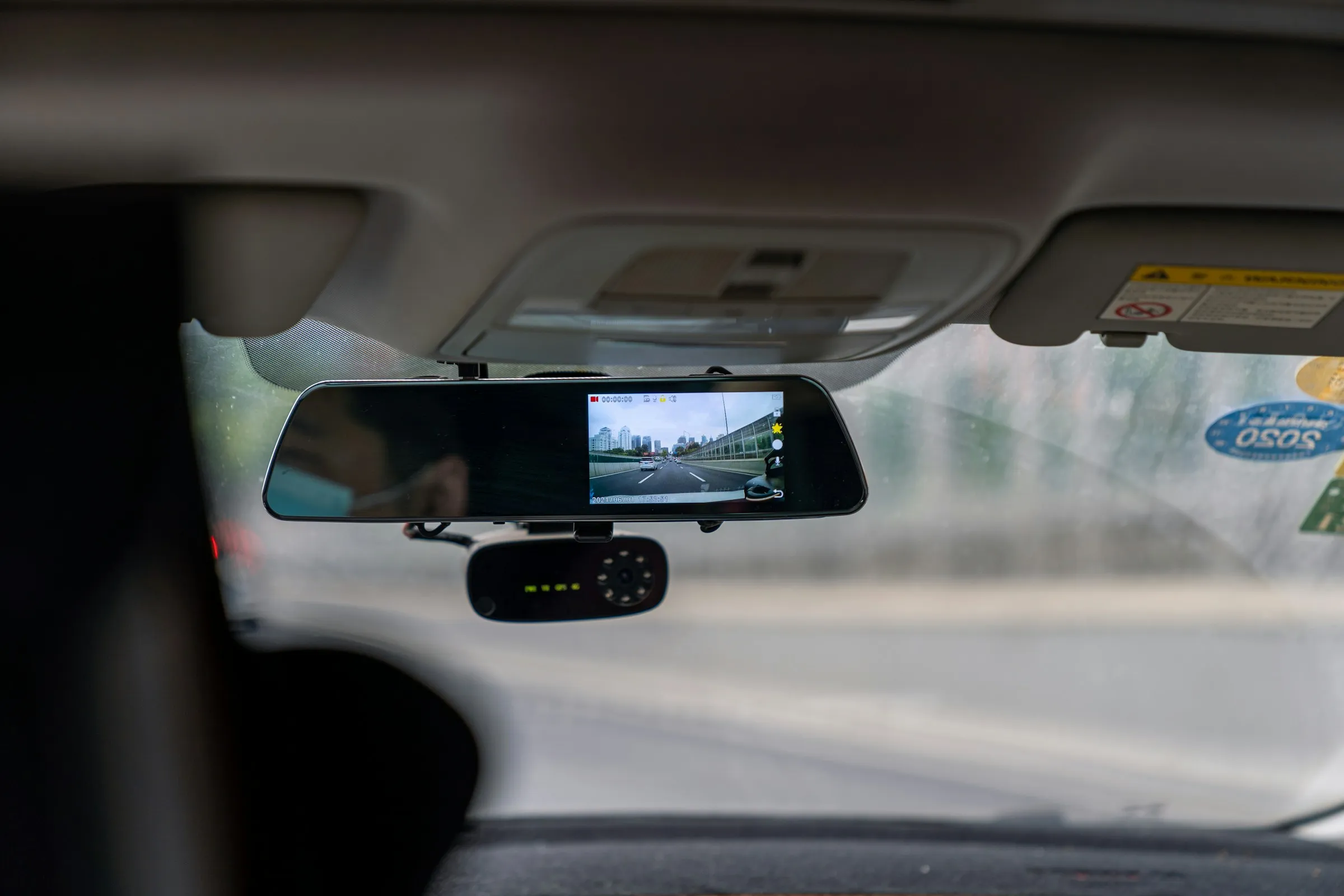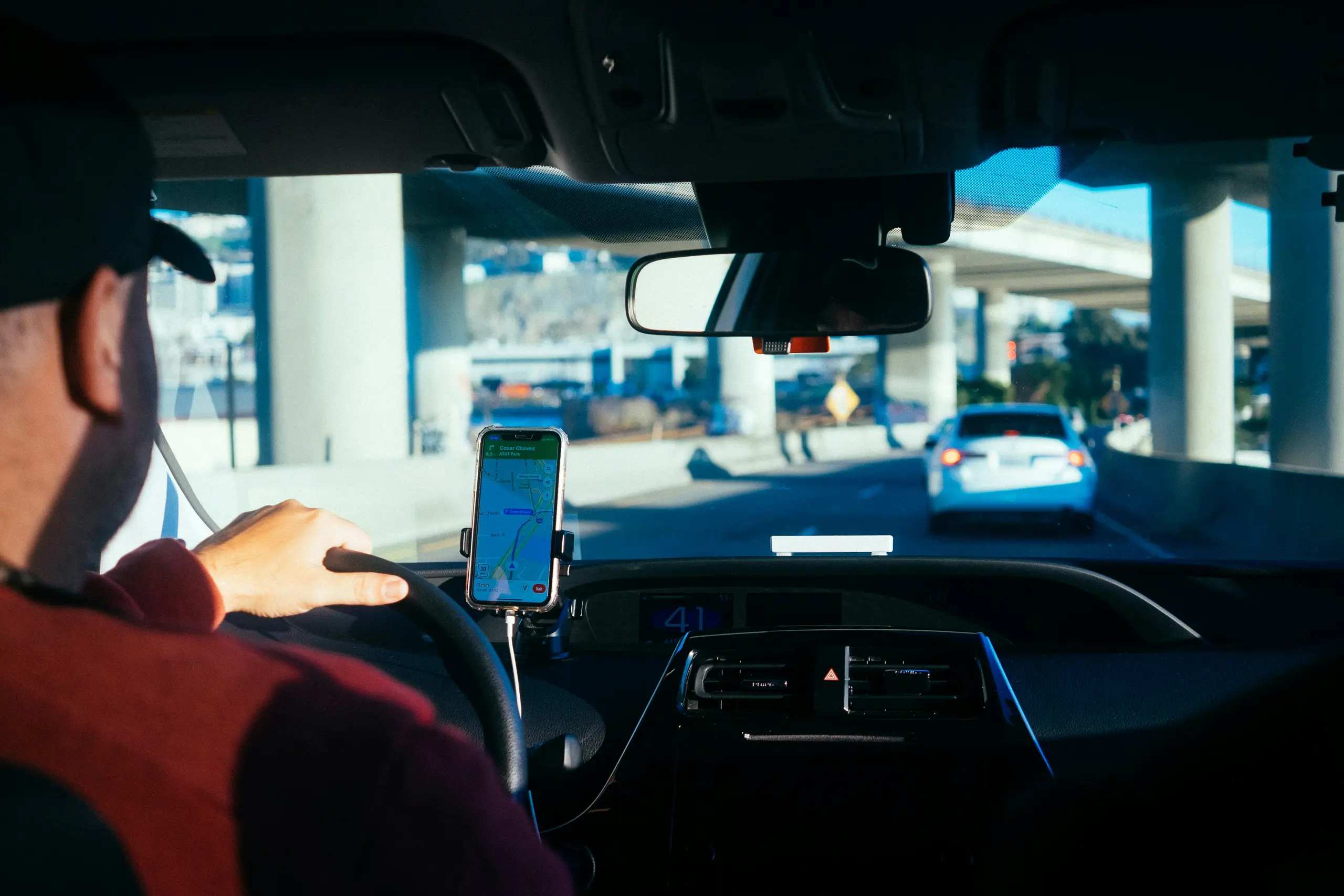Possible sources of payment in a personal injury case
Author
John L. Urban
Veröffentlicht
03.08.2025


Court Settlement
The recoverability of claims is one of three basic and equally important factors that must be considered to determine whether you can receive compensation for your injuries or the death of a family member. These factors include 1) liability, 2) damages, and 3) Potential sources of payment, and all must be in place to have a successful case of personal injury or death due to negligence.
For a general overview of the three factors, please read this article: Three factors for a claim for compensation
Even if liability and damage can be established and legally proven, a judgment is worthless if there is no source of money from which the damages can be recovered or recovered. This step includes the assessment of the financial solvency of the guilty party, which must pay the damages. In most cases, the guilty party will have insurance, such as motor vehicle insurance or general liability insurance. In addition, you may have insurance that covers some or all of your damages, such as under/uninsured car insurance (UM), which is often purchased as part of your own car insurance and may be included in your rental car insurance if you have purchased and paid for this option.
If the guilty party is insured, their insurance company will control the actions of the guilty party. The insurance company is liable up to the coverage limit and will be very involved in the process:
Representing the defense
If the insured party sues or is held liable for damages, their insurance company usually provides them with legal representation for the defense. This means that they hire lawyers to defend their clients' interests, negotiate settlements and represent them in court if necessary.
Coverage limits
Insurance policies have coverage limits that represent the maximum amount that the insurer will pay for covered claims. In cases where the liable party has insurance coverage, the insurance company is responsible for indemnifying the injured party up to the amount of coverage. However, if the damages exceed the coverage limit, the insured person may be personally liable for the remaining amount. In any case, the insurance company has the duty to settle the case for the benefit of the debt/insured party.
Each state has its own minimum insurance coverage limits that are required to license and operate a vehicle legally. For example, Alaska has the highest requirements, with the minimum motor insurance coverage being $50,000 per person/$100,000 per accident for bodily injuries and $25,000 for property damage. Florida, on the other hand, has the lowest requirements, with no requirement for bodily injuries and $10,000 for property damage. The other 48 states all require some type of coverage for bodily injuries and property damage, with the most common being $25,000 per person/$50,000 per accident for bodily injuries and $25,000 for property damage. The above makes it clear that in the event of a serious accident or death, even with an insured driver who has the motor insurance coverage required by the state, there is likely not nearly enough insurance coverage to guarantee compensation for all damages. In most such cases, emergency medical bills alone will go far beyond the limits of insurance policies.
The analysis of potential sources of payment is particularly important when it comes to an underinsured or uninsured guilty party. For example, if you're involved in an accident with someone who is uninsured, has no assets, and is unemployed, it may not be possible to get compensation for your damages. Such a person or company is considered “unattachable” because there is nothing that can be confiscated or retrieved to pay a judgment. If the guilty party doesn't have enough insurance coverage to compensate for the full extent of your losses, you may be left without compensation for your damages. For example, in Florida alone, it is estimated that Every fifth driver drives illegally without insurance coverage, while others may legally refrain from purchasing personal injury coverage. Most states have similar statistics for uninsured and underinsured drivers.
To address the very real problem of uninsured and underinsured drivers on the roads, many drivers choose to take out their own under/uninsured motor insurance (UM) through their own car insurance or as part of insurance coverage to rent a vehicle. This is particularly important for visitors from abroad whose car insurance in their home country does not normally provide coverage or coverage for accidents in the United States of America. Therefore, it may be worth paying extra to buy under/uninsured car insurance (UM) to get compensation for your damages if the guilty party is insufficiently insured. Under/uninsured car insurance (UM) is a type of insurance coverage that is designed to provide you with compensation for your damages in situations where the guilty party either doesn't have insurance or doesn't have enough coverage to cover your losses. Essentially, under/uninsured motor insurance (UM) functions as a safety net and fills the gap created by the guilty party's inadequate or non-existent insurance coverage.
Here are the basics of how under/uninsured car insurance (UM) works:
Coverage for uninsured drivers
If you are involved in an accident caused by an uninsured driver, your insurance covers uninsured drivers to compensate you for the damage caused by the accident.
Coverage for underinsured drivers
Similarly, if the culprit driver is underinsured and their insurance coverage limits aren't enough to fully cover your damages, your insurance coverage for uninsured drivers can make up the difference. It ensures that you get the compensation you need even if the guilty driver's insurance coverage isn't enough.
Accident escape
Insurance coverage for uninsured drivers also provides coverage in the event of an accident escape, in which the guilty driver flees the scene of the accident and cannot be identified or found. In such cases, your insurance policy kicks in to cover your losses.
Under/uninsured motor insurance (UM) is a valuable tool for protecting yourself and your loved one from the financial consequences of accidents caused by uninsured or underinsured drivers. It gives you peace of mind that in the event of an accident caused by someone else's fault or negligence, you have additional coverage you can rely on.
When evaluating your insurance coverage or renting a vehicle, it's important to review your under/uninsured car insurance coverage limits and make sure they're sufficient to cover your potential losses in the event of an accident. The details of under/uninsured motor insurance (UM) vary from state to state. For example, in Florida, the amount of under/uninsured car insurance (UM) is in addition to the guilty party's personal injury insurance (if the guilty driver has $50,000 in coverage and you have $200,000 in UM coverage, you have a total of $250,000 in available coverage to compensate for your claims.) In California, on the other hand, under/uninsured motor insurance (UM) only applies if the coverage is higher than that of the guilty party personal injury insurance (if the guilty driver has $50,000 in insurance coverage and you have $200,000 in UM coverage, you have a total of $200,000 in available insurance coverage to compensate for your claims.) It's important to consult with your insurance agent or legal advisor to understand your insurance coverage options and make informed decisions about how to protect yourself and your loved ones on the road.


.webp)
.webp)



